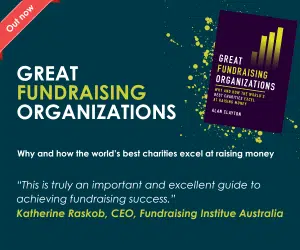Charity Commission publishes new guides on cybercrime & fraud

The Charity Commission has published bespoke guidance for trustees on how to protect their charity from cybercrime, and a guide on fraud.
The guides, which launched during last week’s Charity Fraud Awareness Week, replace the regulator’s previous guidance and have been designed to be more concise and easier to use.
The Commission’s cybercrime guidance seeks to help charities protect themselves from this ongoing threat and has been developed with the support of the National Cyber Security Centre and their Small Charity Guide. It sets out the importance of establishing an internal culture of fraud and cybercrime awareness, and links to free online training modules designed for charities of all sizes.
Advertisement
The fraud guide explains what to do if fraud or attempted fraud is discovered at a charity and provides tips on how to reduce the risk of fraud taking place. It explains the importance of having robust internal financial controls and signposts to the Commission’s more detailed guide about this.
Both guides highlight the importance of reporting all fraud attempts, including those that failed, to Action Fraud.
The Charity Commission opened 603 cases relating to fraud and a further 99 cases relating to cybercrime issues in the last year, and has identified that the most common type of cyber enabled fraud experienced by charities is phishing attempts.
Mazeda Alam, Head of Guidance & Practice at the Charity Commission, said:
“Protecting your charity from fraud and cybercrime can understandably seem daunting, but there are many small, inexpensive steps charities can take to reduce the risk of any potential internal or external fraudster being successful.
“Introducing a simple measure such as having dual authorisation for all financial transactions can help avoid these issues arising – which are often opportunistic.
“It is every trustee’s responsibility to ensure they’ve done all they reasonably can to protect their charity from harm – reading our guidance is the best place to start.”



